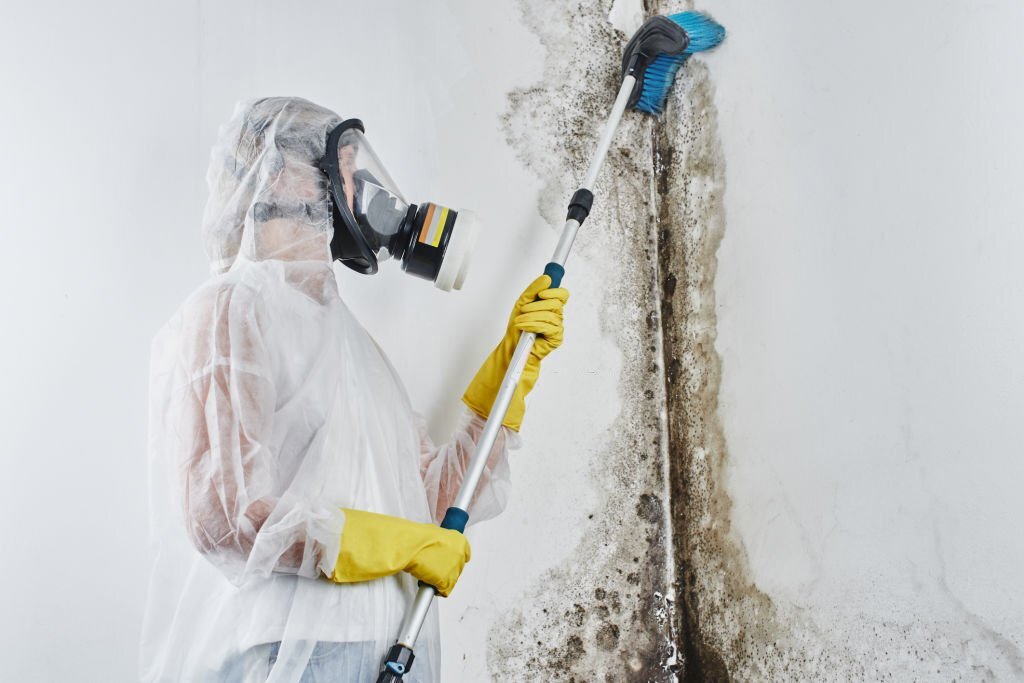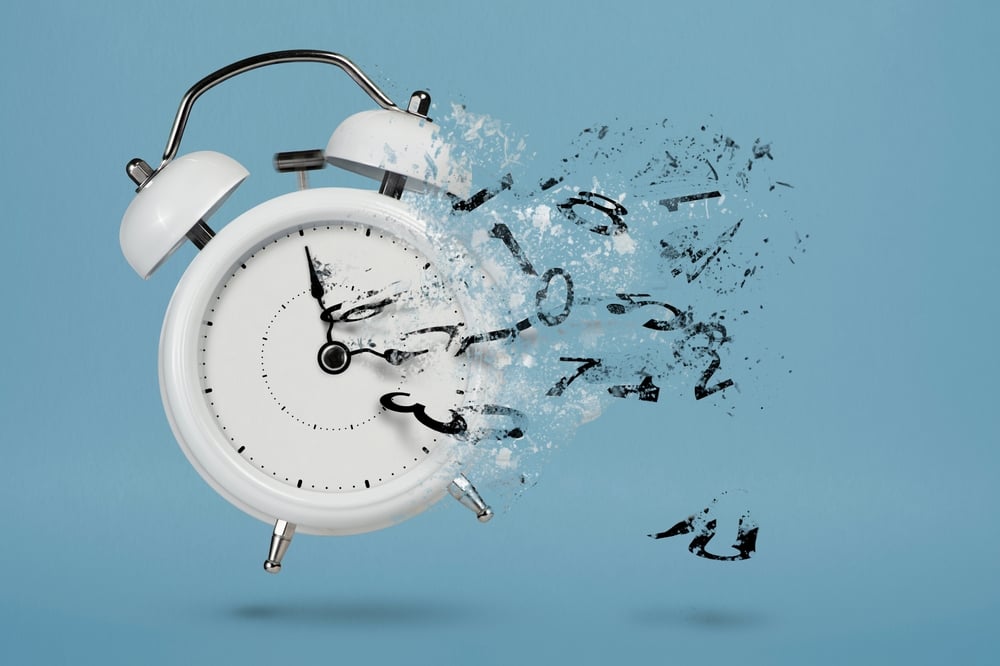How to Check For Mold Before Buying a House
No new home buyer wants to move into a place with mold. Unfortunately, mold isn’t always the easiest thing to detect. Mold is a type of fungus that grows in dark, moist environments. It comes in a variety of colors and shapes; some mold may even be odorous. While mold is generally visible once it begins to grow, it can also grow in areas that are not directly visible, such as in walls or under carpets. While mold grows rapidly in water-soaked materials, such as carpet, drywood, or even clothing, it can grow in any slightly damp environment. The geographical location of your home doesn’t matter; mold can grow in homes in the desert just the same as in colder areas of the United States. When completing a home walkthrough, it’s always important to ask the owner or realtor about any mold-related issues, either past or present. If a home does have mold issues, the seller may be inclined to negotiate a lower price. Continue reading to learn about the dangers of mold and how to address it if it becomes a problem.
The issue with mold growing inside your home:
Aside from being a disgusting-looking eyesore, mold can also carry an unpleasant odor and pose a serious issue. Not only can it cause damage to your home, but it can also pose a risk to your health. In worst cases, mold growing in your home can release dangerous toxins called mycotoxins into the air you breathe that can cause rashes, seizures, unusual bleeding, respiratory problems, and even severe fatigue. Toxic mold can be hazardous to people who suffer from asthma or asthmatic-like symptoms. Fortunately, most common molds are found to be non-toxic.
Where does mold grow?
As mentioned before, mold thrives in wet, dark areas. Something as simple as a wet towel left in a dark closet too long could eventually begin to grow mold. Some common areas around your house you should frequently check for mold are
- Any leak: even the most minor leak anywhere in your home, invites mold to grow. Be sure to check your pipes, windows, and roof annually to ensure a tight seal is still in place, preventing water from entering and mold from growing. Leaks are easy to spot because they often leave watermarks on the floors, walls, or ceilings, indicating that water has been pooling.
- Any flooring that’s been through flooding: Even though you may think your floors are completely dried out, there could still be water remaining. A moist floor is a playground for mold to grow on. Be sure to seek professional help whenever flooding occurs to prevent mold growth.
How to try and detect mold:
The first step is to be on the lookout! Keep an eye out for the places mentioned above when walking through a home you’re potentially interested in buying to see if you can spot any mold growth or potential places it could eventually begin to grow. Some other giveaway signs are watermarks on walls or ceilings, or even musty smells throughout the house.
Why a Professional Mold Inspection Matters
While a visual check during a walkthrough can help you spot obvious signs, hidden mold often requires specialized equipment and training to detect. Professional mold inspectors can use moisture meters, thermal imaging, and air quality testing to identify growth behind walls, under flooring, or in HVAC systems—areas that most homebuyers can’t easily examine. In Tampa Bay’s humid climate, even small leaks can quickly turn into significant mold problems, making an inspection a worthwhile investment before closing on a home.
The best way to ensure you’re not buying a home with a current or potential mold problem is to have the house inspected before buying. If you find yourself stuck with a mold problem, fear not- we here at Discount Water and Mold Removal can help! We specialize in flooding mold infestations. Contact us for a quote to get your home in tip-top shape today!






